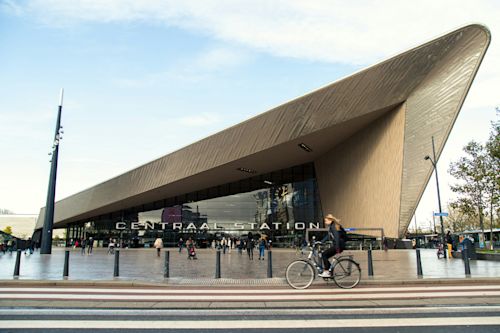
dormakaba Editorial Team

Stephanie Ossenbach
Stephanie is an environmental scientist and responsible for driving the sustainability strategy at dormakaba. With her many years of experience, she is committed to the continuous improvement of social and environmental management and how the company contributes to the UN Sustainable Development Goals.
Related articles

Architecture
Traveling Through Architecture: The World’s Most Fascinating Train Stations

Society
Catastrophic Wildfires: Can Technology Anticipate and Prevent Them?
When a natural disaster occurs, the recurring question is: "Could it have been avoided?" Technology plays a crucial role in our response.

Architecture
Hotelification, a Raging Trend in Workspace Design
Among the most innovative trends shaping office design is the concept of hotelification. It is revolutionizing how we conceive the workplace.